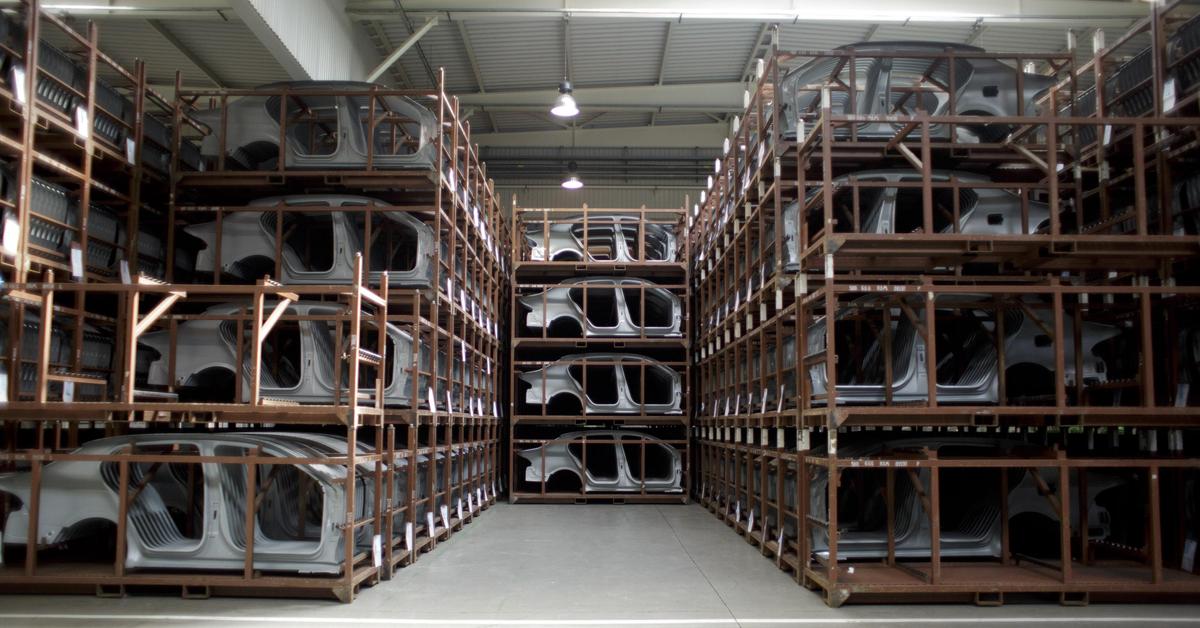Eastern Europe is catching up economically. But its growth model has limits. Singapore and Ireland have shown how poor countries can catch up with the world’s richest economies.
Three decades is a short time for such rapid catch-up. At the turn of the millennium, Eastern Europe’s economies were lagging far behind. In some countries, economic output per capita – adjusted for purchasing power – was not even half the European average. The gap with the richest EU countries was enormous. But in the next five years, the region could catch up with southern Europe, the Bruegel think tank calculated last year.
Growth has limits.
But the rich countries of Western and Northern Europe remain beyond the reach of the EU’s eastern members. At least as long as they don’t rethink their economic model, a new study by the Vienna Institute for International Economics (WIIW) shows. Less developed economies can achieve high rates of productivity growth through technology imports.
This is precisely what happened in Eastern Europe, where leading industrial groups set up factories. Until now, countries such as the Czech Republic, Slovakia, Poland and Lithuania have relied on attracting particularly labor-intensive production steps from Western companies. A model that is reaching its limits. And not only because societies in Eastern Europe are aging and wages are rising.

“Total coffee aficionado. Travel buff. Music ninja. Bacon nerd. Beeraholic.”







More Stories
GenAI in everyday work – Top management is moving forward with AI, employees are hesitant » Leadersnet
Foreign Exchange: Euro rises against the dollar
Lufthansa Group: Austrian Airlines, the Boeing 737 MAX and the cargo problem